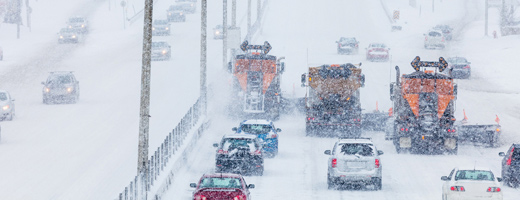Natural hazards
Natural hazards
Find out about risks in your region and how to prepare for different situations.
Services and information
Avalanches
Thousands of avalanches occur in Canada each year. Avalanches can be triggered by wind, rain, warming temperatures, snow and earthquakes. They can also be triggered by skiers, snowmobiles, hikers, vibrations from machinery or construction.
Earthquakes
Approximately 5,000 mostly small earthquakes are recorded in Canada each year.
Floods
Floods are the most frequent natural hazard in Canada. They can occur at any time of the year and are most often caused by heavy rainfall, rapid melting of a thick snow pack, ice jams, or more rarely, the failure of a natural or man-made dam.
Hurricanes
Hurricane season officially runs from June through November when the waters of the Atlantic Ocean are warm enough to produce a tropical cyclone, a category of weather systems that includes tropical depressions, tropical storms and hurricanes.
Landslides
Thousands of landslides occur every year in Canada, but most are small. Large landslides are less common, occurring only about once every 10 years in Canada.
Severe storms
Thunderstorms, hail, blizzards, ice storms, high winds and heavy rain can develop quickly and threaten life and property.
Storm surges
A storm surge consists of very high waves and high water levels caused by wind and air pressure. Storm surges can happen quickly, without allowing much time for preparation.
Tornadoes
Canada gets more tornadoes than any other country with the exception of the United States.
Tsunamis
Tsunamis are a series of large waves that strike coastal areas. They can happen with little warning and result in flooding and damage to coastal communities.
Wildfires
Forest fires or wildfires are common occurrences from May to September and can cause extensive damage and put lives in danger.
Natural hazards of Canada
Find out more about the natural hazards of Canada.
Page details
- Date modified:
